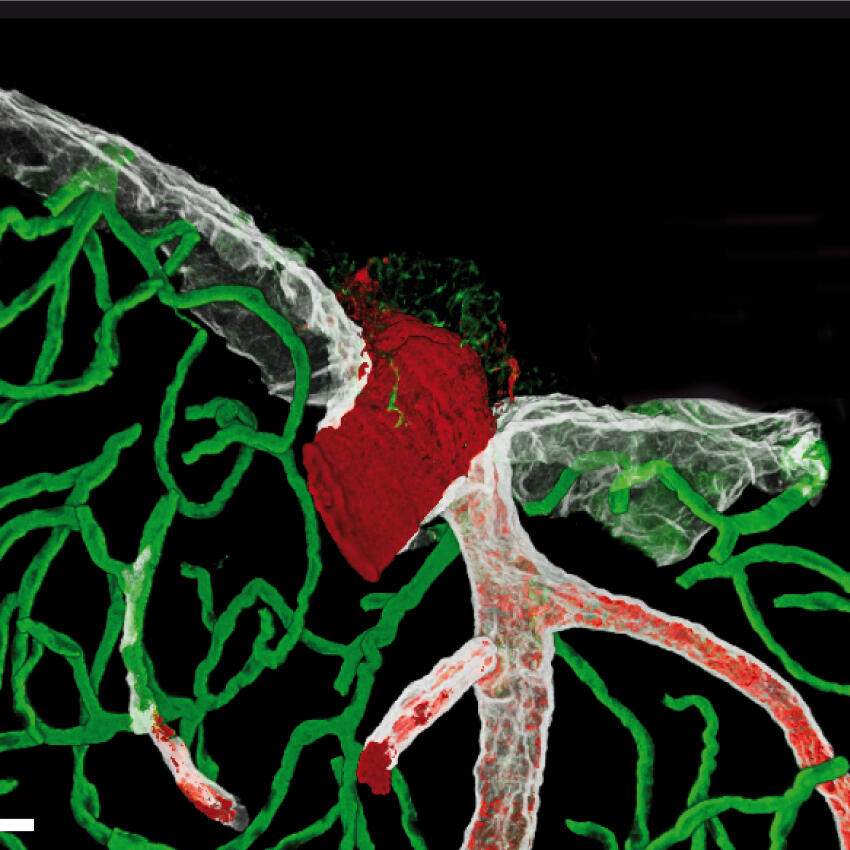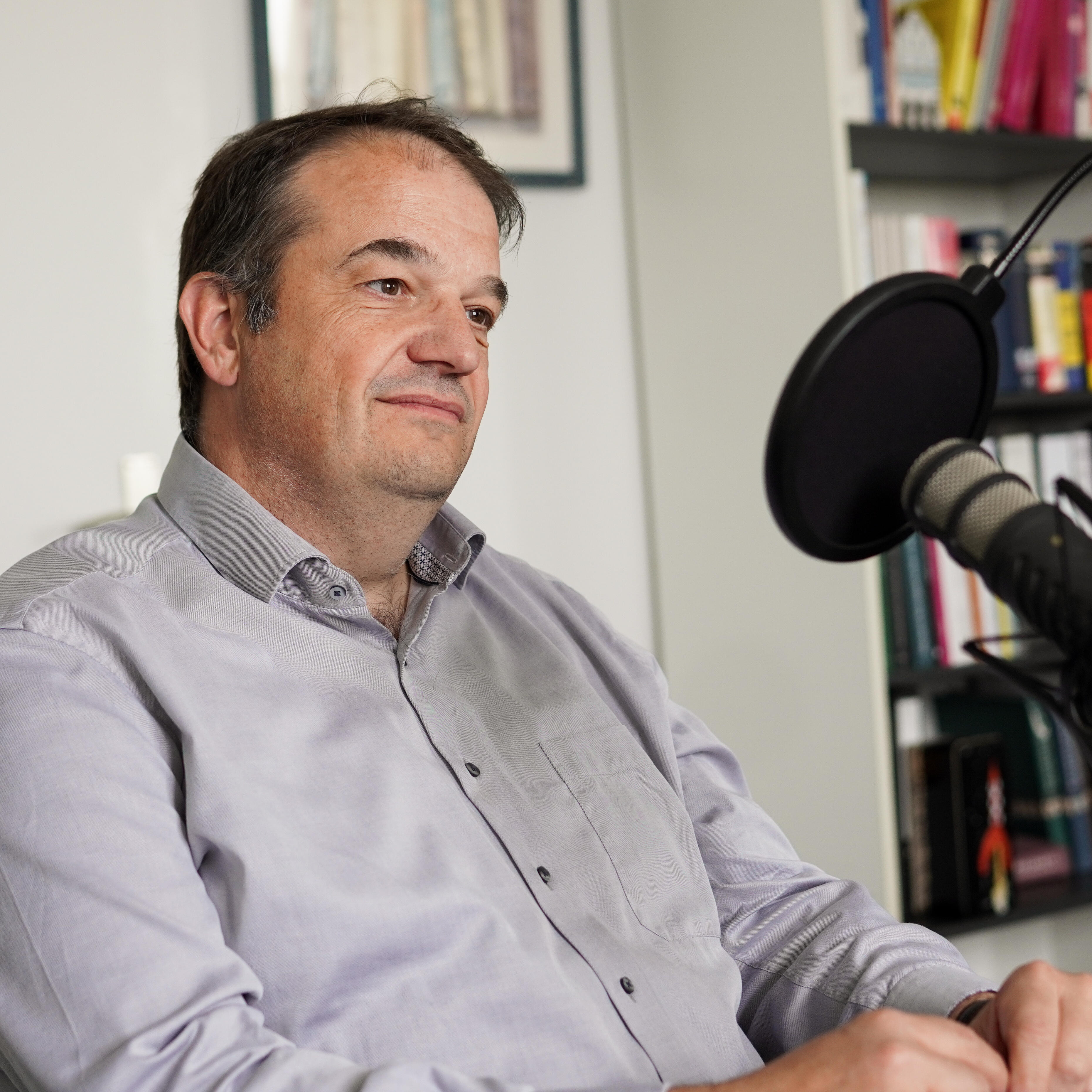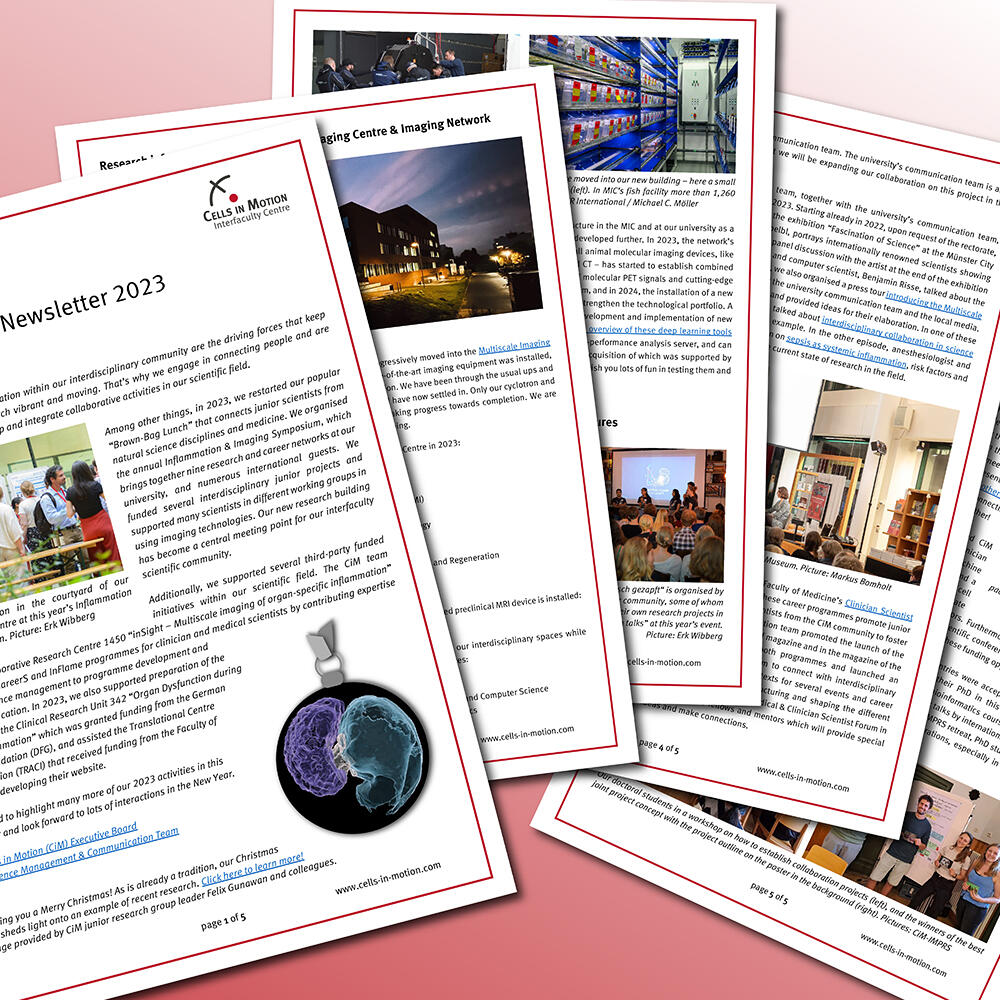News archive 2023


Science on the Christmas tree


New method for localising modifications in mRNA


Microscopes: Looking deep into hidden worlds


Peroxisomal processes: a close-up of biological nanomachines


Photo gallery: Inflammation & Imaging Symposium 2023


Podcast marking the World Sepsis Day: Jan Rossaint on systemic inflammation


Secretomics uncovers blood-brain barrier mystery


From the cell to the patient: new MIC research building starts its work


New international project on stroke research


Research team shows how a cell’s form can be reversed


Podcast: Michael Schäfers on interdisciplinary collaboration in science



















